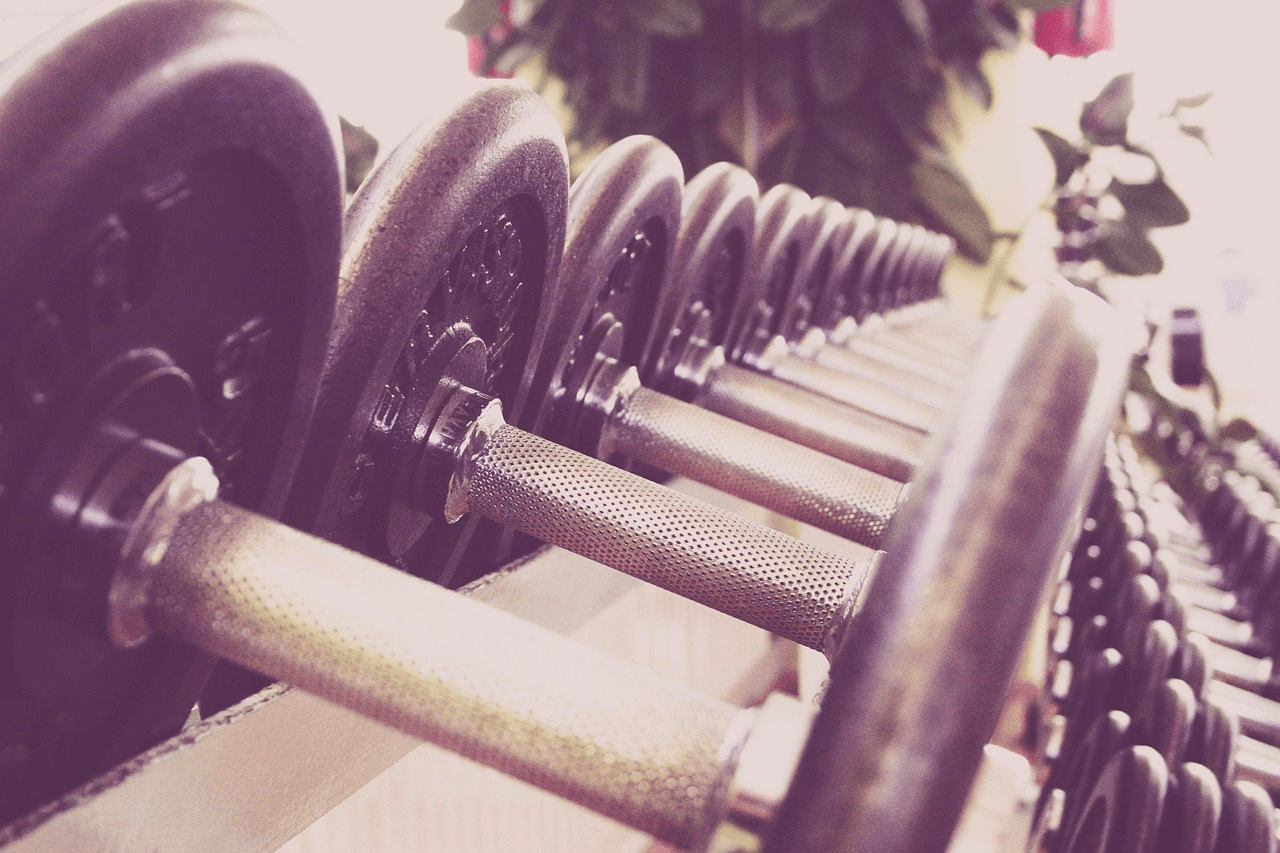Some of the readers may be acquainted with individuals who are avid sports bettors
These individuals possess extensive knowledge about sports, are well-versed in using PayPal deposits for betting, and occasionally even emerge victorious. However, they may not strike you as fitness enthusiasts and may seem quite distant from the world of sports. Perhaps you fall into this category yourself? Regardless, by the time you finish reading this article, you’ll not only have insights on how to enhance your physical fitness but also be equipped to offer guidance to your friends who share an interest in sports betting and want to look like their sports idols.
What Is Muscle Hypertrophy?
The process of growing muscle fibres through resistance training is known as muscle hypertrophy. It’s an intricate physiological reaction to the strain that exercises put on muscles. There are two main forms of muscle hypertrophy:
Myofibrillar Hypertrophy
The size and quantity of myofibrils within muscle fibres increase as a result of this kind of hypertrophy. Muscle contractions are produced by contractile units called myofibrils. Increased strength and improved muscle density are the results of myofibrillar hypertrophy.
Sarcoplasmic Hypertrophy
The fluid-like material called sarcoplasm, which contains glycogen and other energy substrates, envelops the myofibrils in muscle fibres. The main cause of sarcoplasmic hypertrophy is an increase in sarcoplasmic volume, which results in increases in muscle mass but not much strength.
Although both forms of hypertrophy can happen at the same time, how you balance them out will depend on your training style, level of intensity, and objectives.
The Science of Hypertrophy Training
To maximize muscle growth, it’s essential to understand the science behind hypertrophy training. Several key principles govern the process:
Progressive Overload
The fundamental component of hypertrophy training is progressive overload. It entails escalating the resistance or intensity of your workouts progressively over time. Your muscles must adjust to this increased strain by growing stronger.
Muscle Damage
Resistance training causes microscopic muscle damage, particularly during eccentric (lengthening) contractions. Muscle hypertrophy results from this damage, which sets off the body’s growth and repair mechanisms.
Metabolic Stress
Higher-repetition sets are frequently linked to metabolic stress, which creates an environment in the muscle that promotes growth. This stress is exacerbated by increased cell swelling and the buildup of metabolites like lactate.
Volume and Frequency
Important components of hypertrophy training are training frequency, or how frequently you work a particular muscle group, and total volume, or the number of sets and repetitions in your workouts. A healthy balance is necessary to encourage muscle growth without going overboard with training.
Rest and Recovery
For muscles to grow, they require enough time to rest and recover. Getting enough sleep and taking days off in between workouts is essential because this is when muscles grow and repair.
Hypertrophy Training Strategies
After discussing the science of muscle hypertrophy, let’s look at some useful training techniques to optimize muscle growth.
Compound Movements
Multi-muscle group activation is achieved through compound exercises such as squats, deadlifts, bench presses, and pull-ups. They work incredibly well to promote muscle growth.
Progressive Resistance
As you gain strength, keep adding weight or resistance to your lifts. This encourages hypertrophy and guarantees progressive overload.
Repetition Range
In your workouts, use a range of repetitions. Work in the range of 6–12 repetitions per set for hypertrophy; this will balance increases in both strength and size.
Time Under Tension
Concentrate on maintaining control over the concentric (lifting) and eccentric (lowering) phases of each repetition. Increased time under tension and slower tempos can both promote muscle growth.
Variability
To avoid muscle adaptation and promote the development of new muscles, vary your exercises, rep ranges, and training schedules on a regular basis.
Rest Periods
Modify the breaks in between sets. While longer rest periods (2–3 minutes) allow for heavier lifting, shorter rest periods (30–90 seconds) can increase metabolic stress.
Isolation Exercises
Include isolation workouts to focus on particular muscle groups. These workouts can support balanced growth and assist in addressing muscular imbalances.
Full Range of Motion
To optimize muscle activation and promote growth along the entire length of the muscle, make sure you are using your entire range of motion when performing exercises.

Dietary considerations
To maximize muscle growth, diet is just as important as training techniques.
Protein Intake
Protein is necessary for the growth and repair of muscles. Aim for a diet that is well-balanced and contains enough protein—roughly 1.2 to 2.2 grams per kilogram of body weight.
Caloric Surplus
You need to take in more calories than you burn in order to promote muscle growth. Gaining muscle can be aided by a small calorie surplus—roughly 250–500 extra calories per day.
Macronutrient Balance
To provide you with the energy you need for exercise and recuperation, keep a balanced diet that includes enough carbohydrates and healthy fats.
Meal Timing
To maximize muscle protein synthesis, distribute your daily protein intake evenly throughout the day, including meals and snacks high in protein both before and after exercise.
Hydration
Water is essential for many metabolic processes, including the growth of muscle, so drink plenty of it.
Supplements
If your dietary intake is insufficient, think about taking supplements like whey protein, creatine, and branched-chain amino acids (BCAAs).
Rest and Recovery
Lastly, don’t underestimate the importance of rest and recovery in the pursuit of muscle hypertrophy
Sleep
Try to get between seven and nine hours of good sleep every night to help with muscle growth and repair.
Active Recovery
To improve recovery and lessen soreness in the muscles, use active recovery methods like foam rolling, stretching, and mild aerobic exercises.
Rest Days
To avoid overtraining and encourage the best possible muscle growth, make sure you schedule enough rest days in between hard workouts. Some people rest on weekends.
Conclusion
It takes both science and art to maximize muscle growth through hypertrophy training. A successful hypertrophy-focused training regimen requires understanding the underlying principles, putting effective training strategies into practice, paying attention to nutrition, and placing a high priority on rest and recovery. You can work toward reaching your muscle growth objectives and developing a stronger, more toned body by combining these components. Keep in mind that patience and consistency are essential because significant muscle hypertrophy requires time and effort.
ALSO READ: How much will FIFA pay FC Barcelona for Gavi ACL injury in compensation money



